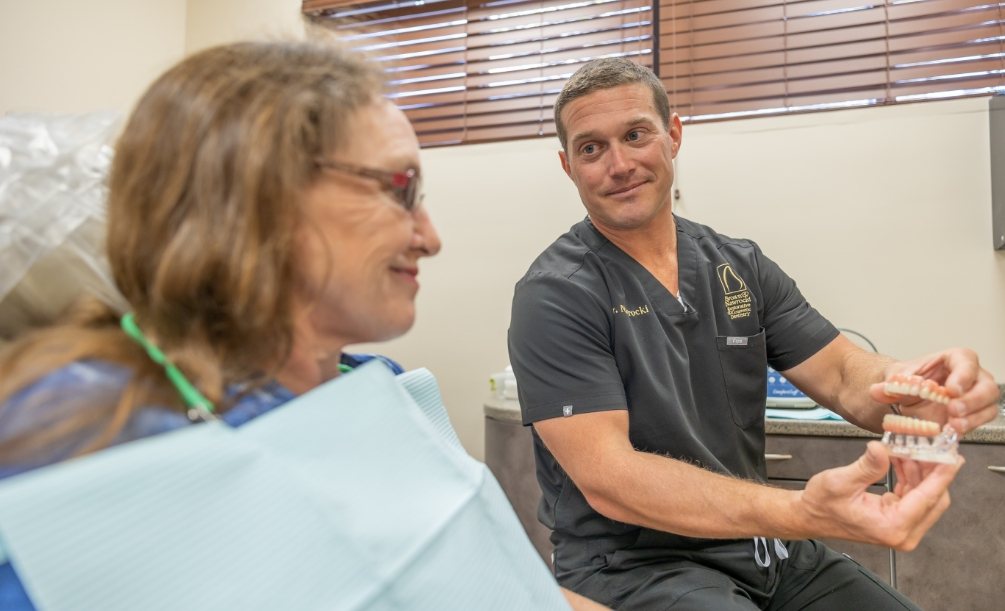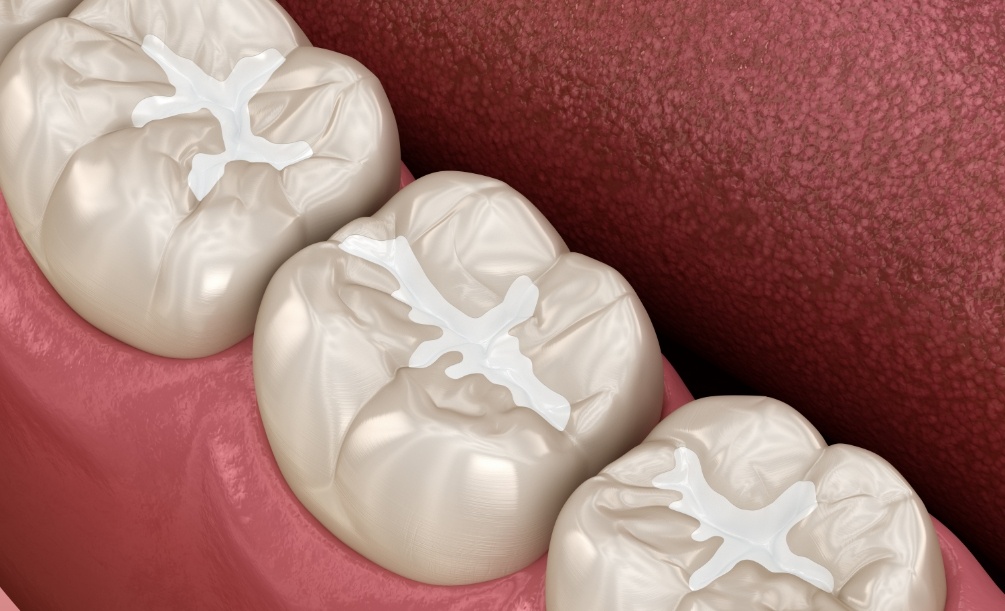Brushing
-
Use a Toothbrush with Soft Bristles
-
Remember to Brush Tongue
-
Ideally Brush 4 Times a Day
-
Don’t Forget About Flossing
Learn More
Flossing
-
Floss Reaches Spots Between Teeth
-
Important to Floss Every Day
-
Flossing at Night is Recommended
-
Our Team Can Help Demonstrate
Learn More
Diet Control
-
Healthy Teeth Require a Healthy Diet
-
Vegetables & Cheeses Promote Strong Teeth
-
Sugars & Starches Should Be Minimized
-
The Right Foods Help You Avoid Cavities
Learn More
Dental Visits
-
Two Visits At Least Twice a Year
-
Dentist Can Evaluate Teeth & Gums
-
Custom Treatment Plans & Guidance
-
Emergency Dental Care Available
Learn More
Tooth Decay Prevention
-
Maintain Dental Hygiene Regimen
-
Brush & Floss Twice a Day
-
Attend Regular Dental Checkups
-
Avoid Unnecessary Cost Later On
Learn More
Dental Sealants
-
Sealants Help Seal Deep Grooves
-
Lower Risk of Cavities
-
Easy to Apply
-
Recommended for Children
Learn More
Fluoride Treatment
-
Strengthens Teeth
-
Makes Enamel More Decay-Resistant
-
Present in Most Tap Water
-
Supplements Available
Learn More








